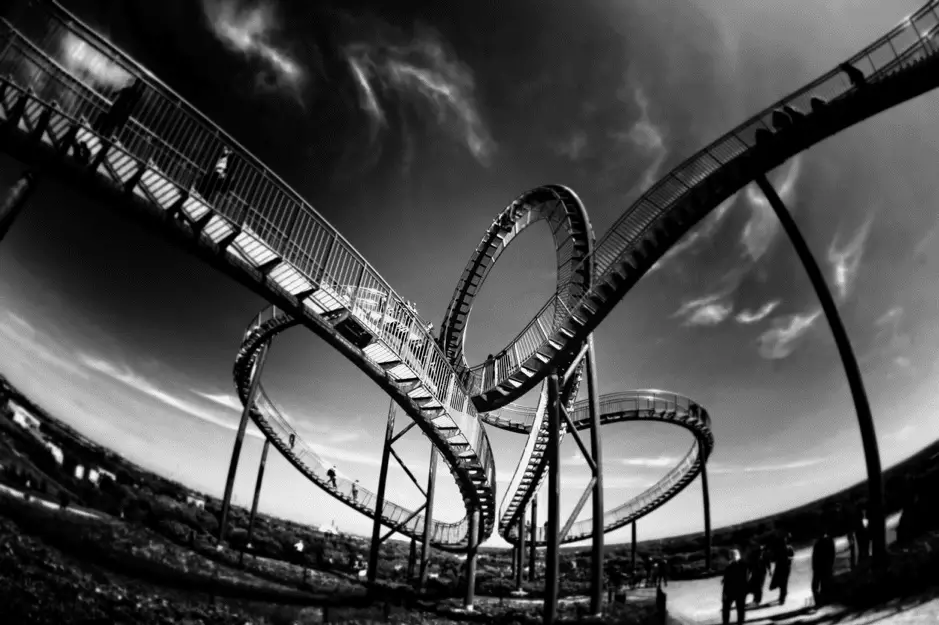With the online market evolving at an increasingly rapid pace, it’s no wonder that more and more techniques that are springing up and revolutionizing the way we advertise products. It’s no longer enough to just have a plain photograph on your product page – you need to find new ways to attract clients that keep getting distracted by various other companies vying for their attention.
The techniques in question are nothing short of jaw-dropping. Did you know that the vast majority of images you see on product pages nowadays are not actual photos, but 3D renders? Still, it’s some of the far more obvious options that really make an impression on customers, the most prominent of which is 360-degree photography and video. Various industries use it to their advantage, showcasing their products from the best possible angles, attracting countless customers every year. But what really makes 360 photography tick?

First things first – what is 360 photography?
This is the basic question you might be asking yourself, the answer to which is pretty simple. As the name suggests, 360-degree photography is an image that can be viewed from all angles. It’s a panoramic image that surrounds a central point at which the original photographs were taken, allowing users to freely turn the image around and look at the object in question from every possible angle. It’s as easy as clicking and dragging around the image to the left, right, up and down.
All this is achieved thanks to a combination of the right software and several high-quality panoramic photographs. It’s important that these are shot incredibly competently, as they must line up perfectly in order for the 360 effects to work. Usually, special digital cameras with built-in software are used for this. This is usually commissioned to an external company that specializes in this, e.g. 360 product images by Mimeeq are known for their impeccable quality.
Why use 360 photography?
This might be the most nagging question you’re having about this process. Why even bother with all this? Isn’t this just a gimmick, or a marketing trick? Won’t people just prefer to look at a set of traditional photos? Well, the answer to all of those questions is that, of course, this has a specific use and not every kind of business really needs 360 photography. Due to the fact that 360-degree photography gives you the most complete and true-to-life image of an area, they’re incredibly well-suited for showing off some stunning vistas, architecture – or products.
If you’re selling any type of goods on the internet, you are handicapped by the fact that your clients cannot see, touch, and interact with your product as they would in a physical store. There is no way to see exactly how every detail comes together with just a set of images which, for all a potential client knows, might be shot and lighted strategically so as to avoid showing any flaws. 360-degree photography eliminates this problem almost entirely. Not only do clients get to check the product out from every possible angle, eliminating any unpleasant surprises after their purchase, but there is also just no way an image like this could be lying to them. This builds trust.

Who uses 360 photography?
At this point, we’ve talked quite extensively about how 360-degree photography benefits sales, but that’s far from its only application. There’s no denying the fact that this technology is simply fun for the whole family. Many people purchase 360-degree cameras purely for entertainment purposes, and companies like Disney are paving the way for 360 videos to be treated as an artistic medium with their animated videos. Facebook is also now using 360-videos frequently in their web-player, allowing its users to engage in the social medium in a totally new, never-before-seen way.
Then, of course, there are far more practical uses. The fact that 360-degree photography and film have brought in an entirely new perspective on imaging has greatly impacted various industries, such as real estate, business, science, and even the military. Many of them are now taking full advantage of this technology, paving the way for it to become a standard in the near future, greatly impacting how we perceive effective marketing.
Conclusion
Looks like 360-degree photography is here to stay, what with the multitude of industries that have taken it on as a standard. There is no denying the impact this will have on how we perceive online goods, but the implications run far deeper, from revolutionizing our perception of entertainment, to science and the armed forces. Regardless of the field, it’s used in, 360-degree photography is definitely a technology worth digging into.
